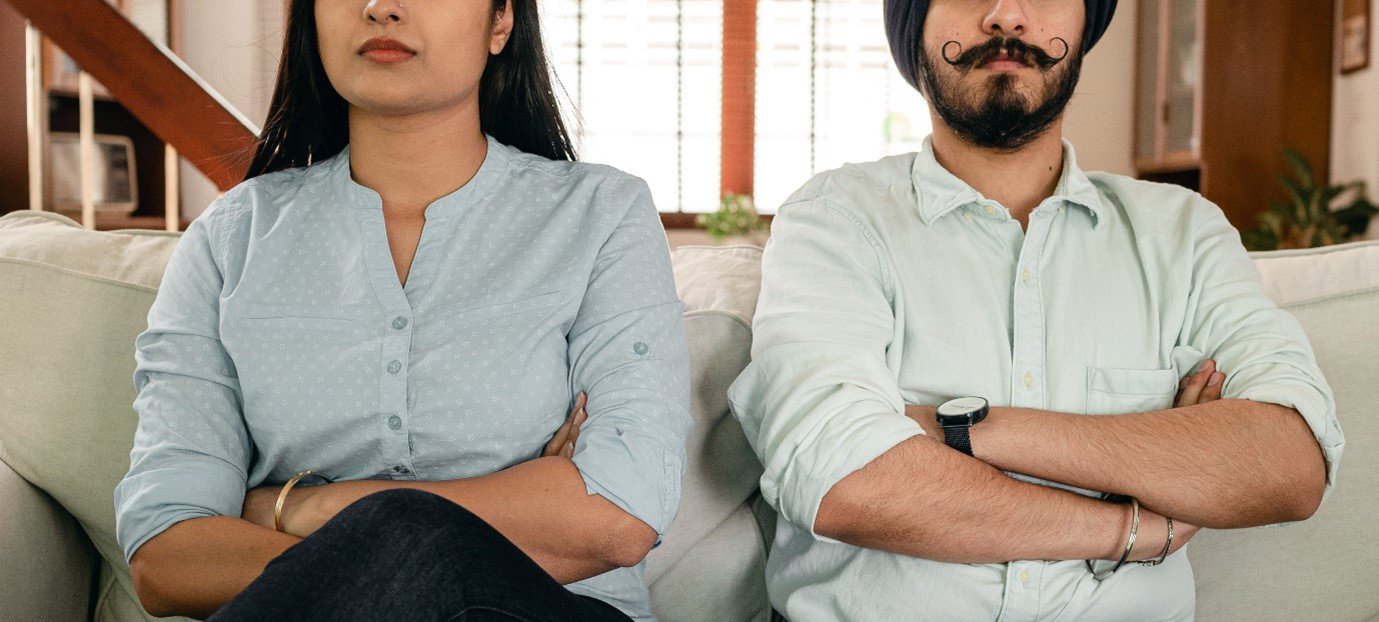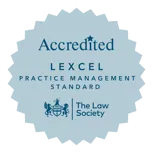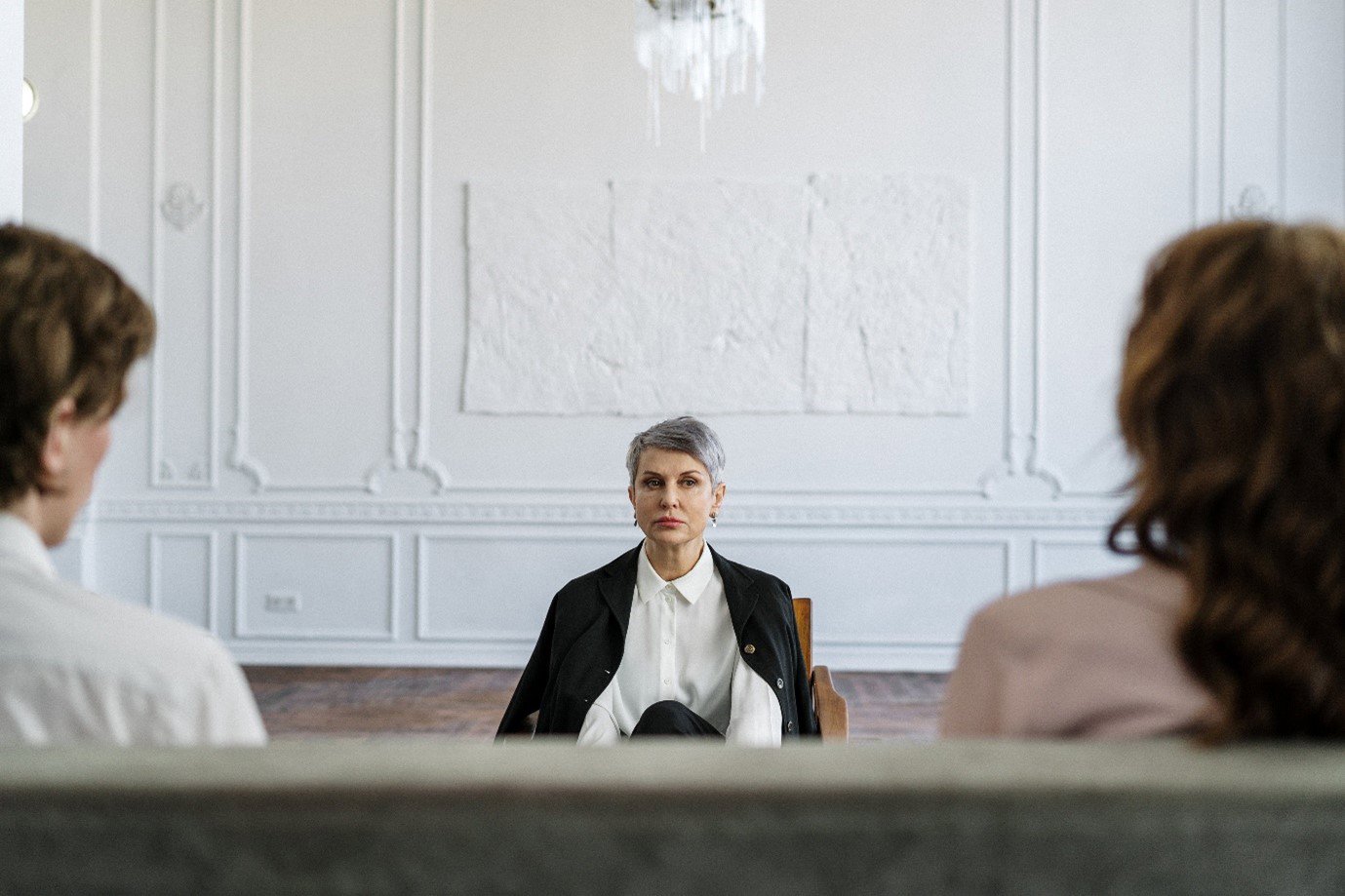In England or Wales, if you have Parental Responsibility over your child, then you can apply for a Court Order if you and your partner have separated and cannot agree on:
- Where the child or children will live
- When you or your ex-partner will spend time with your child
- When or what types of child contact happen (g. phone calls)
- Child maintenance payments (in very limited circumstances)
- Other issues relating to your child’s education, health and welfare
If you do not have Parental Responsibility, you can still apply for a Court Order, although you will need to make a separate application for the Court’s permission before you do so.
Before applying for a Court Order you will need to show a Court that you and your partner have tried mediation (except for certain cases, for example if there has been domestic abuse this step isn’t necessary). This is where you attend a meeting, with a mediator, to come to an agreement about how often you’ll each see your child. You may take this step if you cannot come to an agreement between just you and your ex-partner.

You could also consider the Planning Together for Children program from CAFCASS, to see if that can help overcome the issues that lie between you.
There will be a cost to both mediation and attending the Planning Together for Children program but this will be a great deal less than the money you may spend on court proceedings and could offer a quicker solution.
If you reach an agreement at the mediation meeting and want to make it legally binding you can request the help of a Solicitor to make an application to the court to convert the mediated agreement into a court order.
If mediation hasn’t worked and you cannot settle your child dispute outside of Court then the next step is applying for a Court Order.
Our Family and Child Law Solicitors can advise you on how to settle family disputes involving your children, in a way that’s understandable and makes the process as easy as possible for you.
Different Types of Child Court Orders
There are several kinds of Court Orders that you can apply for.
It’s important to fully understand which applies to your situation best, so that you can prepare yourself for the next steps. This area of the law doesn’t have to be difficult or confusing, or even stressful. In fact, once you know the different types of Child Court Orders, the differences between them and how they all work, you’ll be well-equipped with the right knowledge going forward.
If you need additional information, get in touch with our team of . We’ll be able to guide you through how all of this works, helping you understand the inner workings of this area of the law. We can listen to your story and your situation, and point you in the right direction in terms of which type of Child Court Order applies to your case. We will then be able to guide you through the process if you decide to go with this Child Court Order.
The type of Court Order you can apply for will depend on what you and your ex-partner are struggling to agree on. You can apply for more than one Court Order at a time. These include:
- Child Arrangement Order – this specifies where the child lives, when you or your ex-partner spends time with them, and when and how they may have other contact
- Specific Issue Order – this deals with specific aspects of your child’s upbringing, such as what school they go to or if they should have a religious upbringing
- Prohibited Steps Order – this is used to stop the other parent from making decisions about your child’s upbringing
- Parental Responsibility Order – this is used to specify the rights, duties and responsibilities of a parent. It can be used by a father who never married the mother and the father’s name does not appear on the child’s birth certificate.
How to Apply for a Court Order
Step one is to download and fill in a C100 form. In this form you will need to include:
- Your address and your ex-partners address
- Details of who else lives with your child, for example the child’s grandmother or your new partner
- If Social Services are involved in your child’s life
- Written evidence that you have tried mediation
HM Government provide guidance on how to fill in C100 forms, and you can get advice from a Family and Child Law Solicitor to help you with this.
You will then need to either send the original C100 form plus three copies to the Court to approve or email C100 to the court.
We can also provide you thorough and in-depth advice on how to apply for a Court Order. This doesn’t have to be a stressful process – we understand it can be difficult enough without having to worry about if you’re doing things right. That’s why we’re here to guide you through how to apply, helping you fill out all the forms and put together all the information needed to get your application for a Child Court Order ready to send off.
In addition, we’ll be able to help you put together the right information and/or evidence you may need to apply for a Court Order, depending on your circumstances. We’ll help you get the result you need and deserve, by making this area of the law as accessible and transparent as possible. We want you to be able get the right result for your child without added stress, and by working hard together on your case, we can help bring you closer to achieving this.










